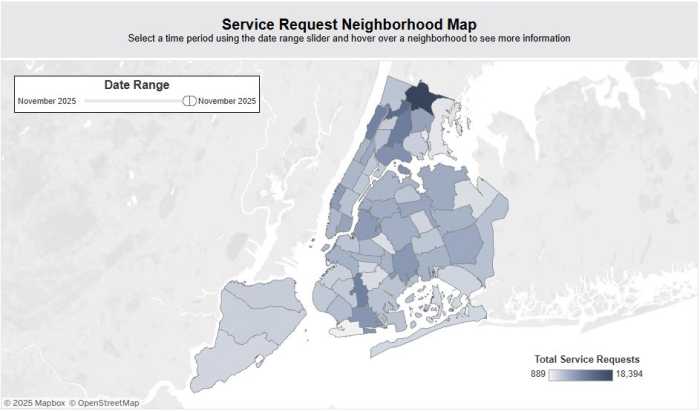By Gary Buiso
Joan Maynard, whose life work was to preserve a 19th century settlement of free blacks in Brooklyn, died Jan. 23 at her Crown Heights home. She was 77. The cause of death was not immediately disclosed. Maynard was the driving force behind the preservation of Weeksville, the pre-Civil War community of freed slaves on the edge of Crown Heights, just south of Bedford-Stuyvesant. Despite having no official training as a preservationist, Maynard charged on, and succeeded in reintroducing the country to a once-thriving Brooklyn community that included New York’s first black police officer and first black female physician. “Her whole mission was to make sure that everyone knew the invaluable contribution of people of African-American descent made to American culture and history,” said Pamela Green, Maynard’s successor as executive director of the Society for the Preservation of Weeksville and Bedford-Stuyvesant History. “She was not a historian, nor would she consider herself a preservationist. She considered herself an activist,” Green continued. Born Joan Cooper in Brooklyn on Aug. 29, 1928, Maynard graduated from Empire State College of the State University of New York. She was the daughter of Julia St. Bernard and John Cooper, a ventriloquist. She worked as a graphic artist for McGraw-Hill and other companies. In 1968, four small cottages were discovered on the edge of Crown Heights. The homes are believed to be all that remained of Weeksville, which dates to 1838. Through efforts led by Maynard, schoolchildren and a small group of volunteers, the houses were designated a city landmark in 1970 and added to the National Register of Historic Places in 1972. Maynard was the founding member of the Weeksville Society, where as president and later executive director she oversaw several renovations to the houses over the years. In 2004, the most extensive of the renovations were completed. Last year, the Weeksville houses were opened to the public following their $3 million renovation. The fact that the project was completed at all was a testament to her fortitude. Vandals broke into one of the cottages and did $36,000 worth of damage, another home had to be completely rebuilt, and still another had a car crash into it. But she met all adversity with aplomb. “She’s one of the strongest women I know. She was very focused on her goals and was the kind of person unafraid to move forward to make sure she met her challenges,” Green said. While the public’s perceptions of Crown Heights and Bedford-Stuyvesant may change, Maynard’s remained constant. She felt the area to be “rich in history,” Green said, and her goal was to connect a younger generation to that richness. “By aiming our programs at young people, we can be part of the process of creating a generation that grows up without the misunderstandings that previous generations experienced,” Maynard said in 1993 when asked about a project she was a part of to increase understanding between African-Americans, Caribbean-Americans and Lubavitcher Jews in Crown Heights. Borough President Marty Markowitz called Maynard “one of the most extraordinary individuals ever to call Brooklyn home.” “No one can say how many generations of Brooklyn children will grow up with a stronger, prouder sense of their own identity because Joan spent more than three decades working to ensure that the story of Weeksville…would be unearthed and retold,” Markowitz said. Twice divorced, Maynard had one son, Jerome, who died before her. She leaves no immediate survivors.




































